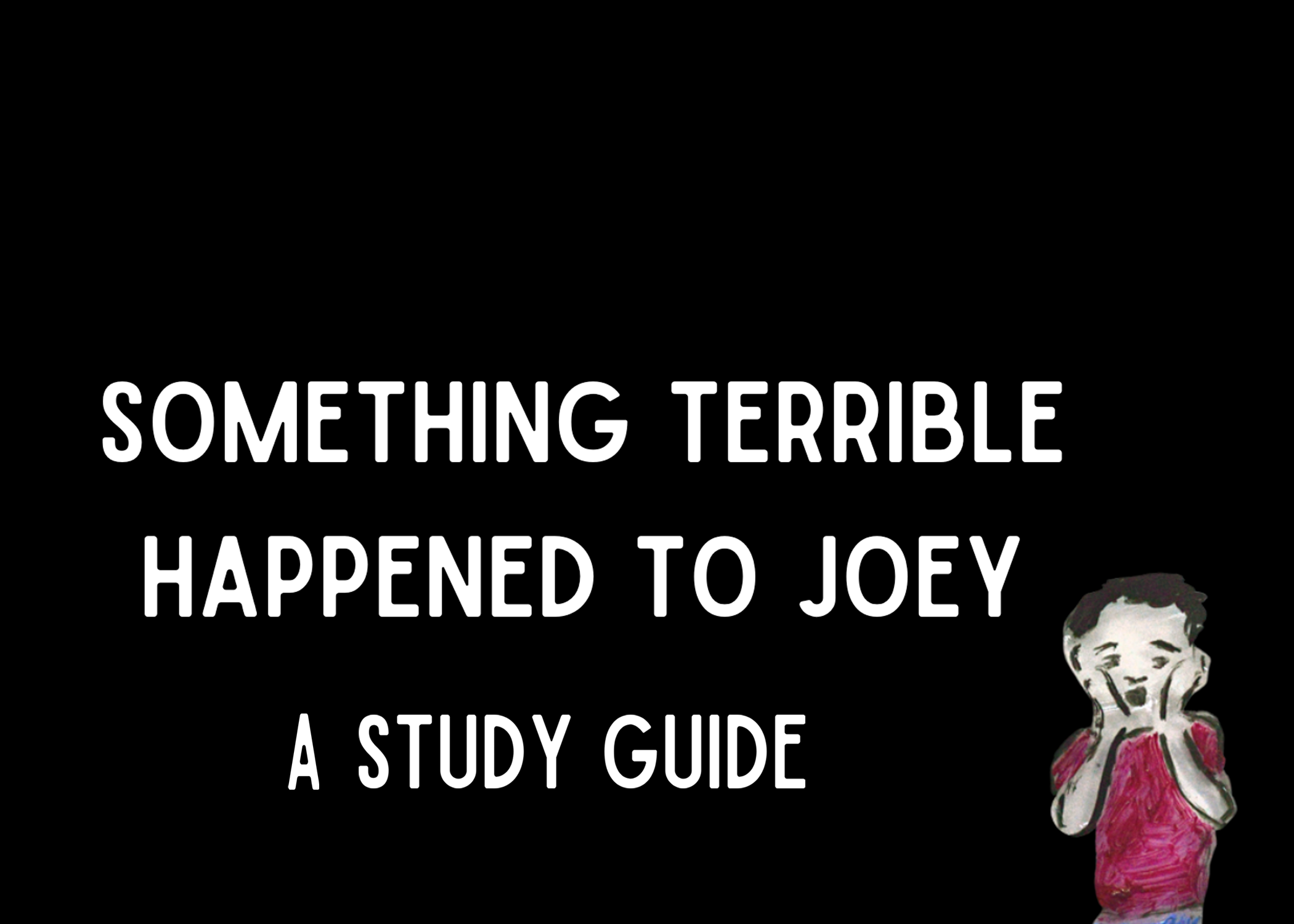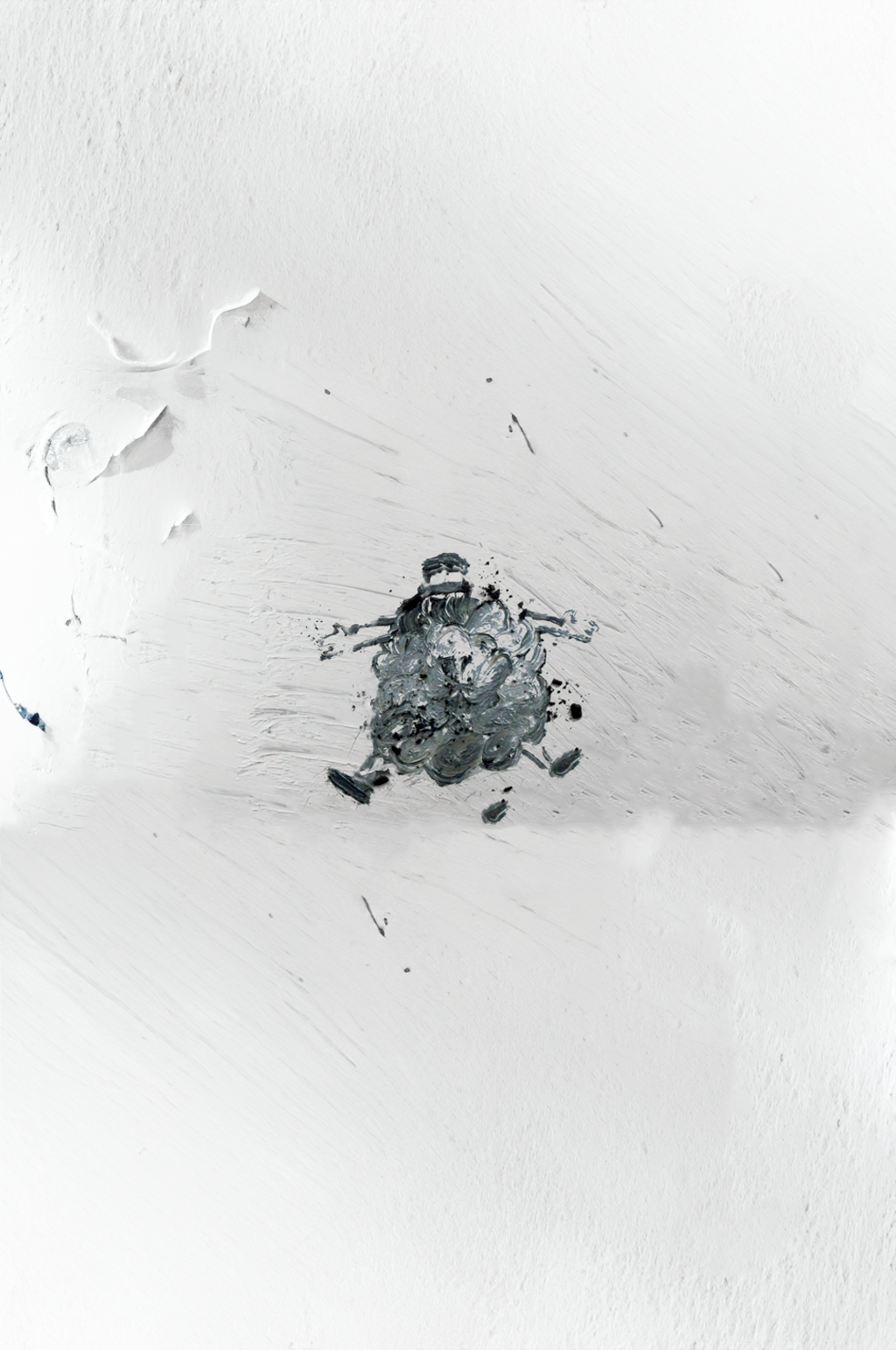
In collaboration with & reviewed by
NEW YORK STATE EDUCATION DEPARTMENT
NEW YORK STATE OFFICE OF MENTAL HEALTH
With the help of numerous collaborators, A Closer Look, Inc. has carefully crafted a twenty-four page study guide based on Something Terrible Happened to Joey.
The guide is directed toward school personnel in particular who wish to promote thinking and discussing difficult issues surrounding trauma, whether the viewers have experienced the trauma or if they are a friend, relative, student or colleague of someone who has experienced trauma.
The following is a summarized version of the guide, the full PDF version is available here.

Guidance for educators: questions for students
How did you feel after you watched the film?
If there is no response, you can ask “What did you like about the story? The music? The artwork?”
When you watched the film, did you think about yourself or people you know?
Everyone has their own feelings. What feelings did you have watching it?
Did your feelings change as you watched the film?
INITIAL REACTIONS
What did you learn about Joey?
What words would you use to describe Joey?
Have you ever felt that everyone was watching you?
Have you ever felt that other people thought you wouldn’t be “alright?”
What words would you use to describe that feeling?
Could you tell people how you felt?
What did you think of Joey’s best friend Ricky?
What makes Ricky such a good friend?
Do you have a friend like Ricky?
Do you think you could be there for a friend when they are having a bad time as Ricky was there for Joey?
What is special about Ricky?
What words would you use to describe Ricky?
What does being a friend mean to you?
In the guide, we discuss topics such as…
ISOLATION
FRIENDSHIP & EMPTAHY
DEPRESSION
THE HEALING PROCESS
-
In the film, after the terrible thing happens, Joey feels that everyone’s eyes are on him: “Everybody knew.” This feeling of being watched—of suddenly being noticed as different—marks Joey and makes him feel isolated.
-
Some are comfortable saying “I don’t know what to say, but I care very much for you and I’m sorry about what has happened.” Some people are so uncomfortable not knowing what to say that they avoid their friend to whom something terrible has happened.
Ricky does not say or do anything special, but he shows up for Joey.
-
Sometimes the overwhelming feeling of sadness does not go away.
Trauma can be a very heavy weight to bear. It can overshadow everything else in a person’s life.
As well as the bag of coal being a burden, Joey uses it as a coping mechanism. Sometimes he stands on it to make himself tall, sometimes he hides behind it, and sometimes it rolls over and flattens him.
-
Addressing and coming to terms with traumatic experiences can be a long endeavor. When we take on this effort, we must have respect for the TIME it takes to feel comfortable SHARING our experiences with others to help REBUILD our self-confidence and support system.

In the guide we also present some
“Youth and young adults ages 10–24 years account for 15% of all suicides...suicide rates for this age group increased 52.2% between 2000-2021.”
“15.5 million U.S. children live in families in which partner violence occurred at least once in the past year, and seven million children live in families in which severe partner violence occurred.”
“Guns have been the leading cause of death for US children and teens since 2020, when it surpassed car accidents. It represents 19% of all deaths for children 18 years and younger in 2021.”
“In 2021, 9% of high school students reported attempting suicide during the previous 12 months.”
“One in 9 girls and 1 in 20 boys under the age of 18 experience sexual abuse or assault.”










